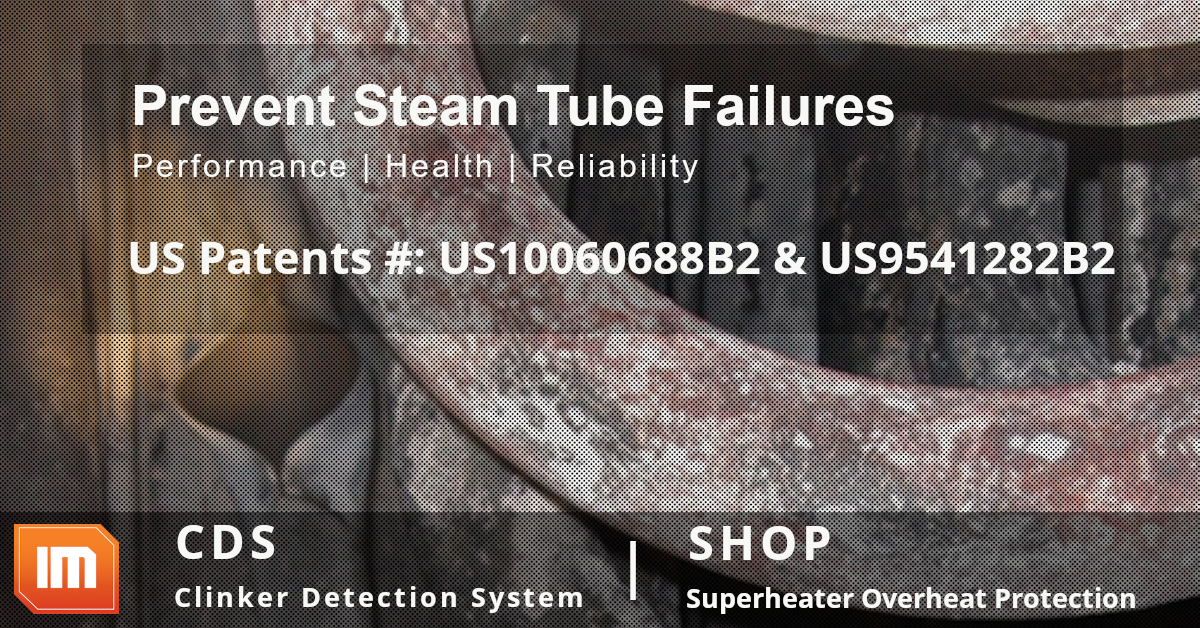Clinker Detection System Reduces Boiler Fouling and Boosts Efficiency

Boiler monitoring technology replaces maintenance guess-work with data-driven accuracy.
SEPTEMBER 13, 2016; MILFORD, OH; USA – Integrated Test & Measurement (ITM), a leading provider of structural test and measurement engineering software and services, introduces its Clinker Detection System. Clinkers, some of which reach the size of a small car, are incombustible residue that forms inside black liquor recovery and coal-fired utility boilers. This build-up (fouling) has a significant impact on the efficient operation of the boiler system.
The ITM Clinker Detection System:
• Determines where boiler fouling has occurred
• Optimizes soot blower operation
• Identifies damaging clinker impacts on the bed/floor
• Shortens the duration of chill & blow events
The ITM Clinker Detection System identifies fouling problems and determines the effectiveness of boiler cleaning tools and processes such as sootblowers, sonic horns, pulse detonation cleaning events, and thermal shedding during chill and blow cleaning events. The solution involves mapping and instrumenting the boiler floor with industrial sensors that measure the size and frequency of clinker deposits as they become dislodged impacting the floor. At the same time the system identifies which sootblower caused the clinker to fall. Together this information pinpoints the clinker’s area of origin directing where clean-out should be concentrated.
ITM Founder & President, Tim Carlier, comments:
“Without hard data to pinpoint areas of build-up maintenance is flying blind as to when and where to run sootblowers. The ITM Clinker Detection System in essence provides visibility into the boiler. And because up to 6% of the steam generated by a boiler is used for sootblowers, any decrease, by even a small percentage, will generate significant savings when factored out over the course of a year. In addition to saving money, optimizing sootblowing also carries with it a positive environmental effect as plants don’t have to burn as much fossil fuel to generate electricity since steam is being consumed more efficiently.”
About ITM
Headquartered in Milford, OH (USA), Integrated Test & Measurement, LLC (ITM) focuses on three vertical spaces: Industrial Monitoring, Testing Services, and Configuration-based Test Software, iTestSystem. Founded in 2001, ITM helps companies reduce costs and improve efficiencies in product development, manufacturing, and production activities. Today, ITM provides software development, structural and mechanical testing services, industrial monitoring, strain gauging, and data analysis solutions to clients on six continents.
For more information on ITM, iTestSystem and ITM’s other products and services contact Ryan Welker via email: ryan.welker@itestsystem.com or phone: (844) 837-8797 x702
/solutions/industrial-monitoring-systems/cds-clinker-detection-system/









 Driven by the opportunity to engineer tests for both the rail industry and heavy machinery manufacturers, our team has been able to collect, manage and monitor terabytes of synchronized data during month’s long tests.
Driven by the opportunity to engineer tests for both the rail industry and heavy machinery manufacturers, our team has been able to collect, manage and monitor terabytes of synchronized data during month’s long tests.

